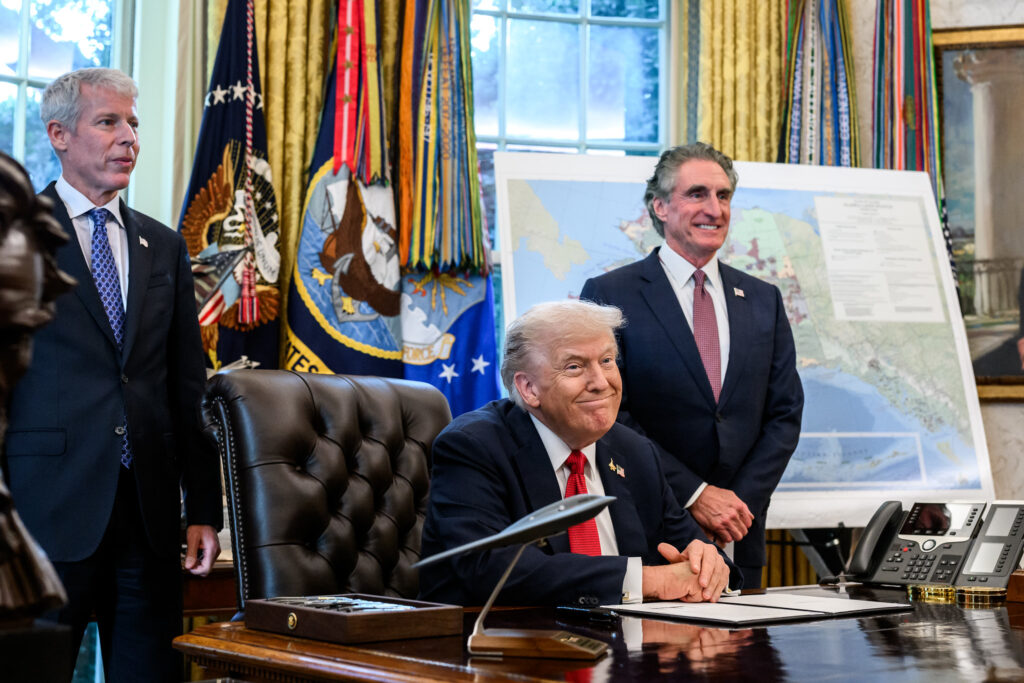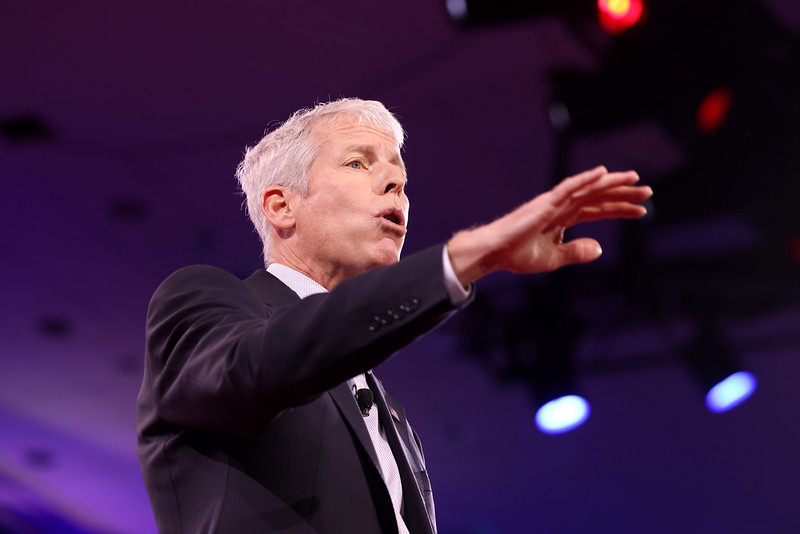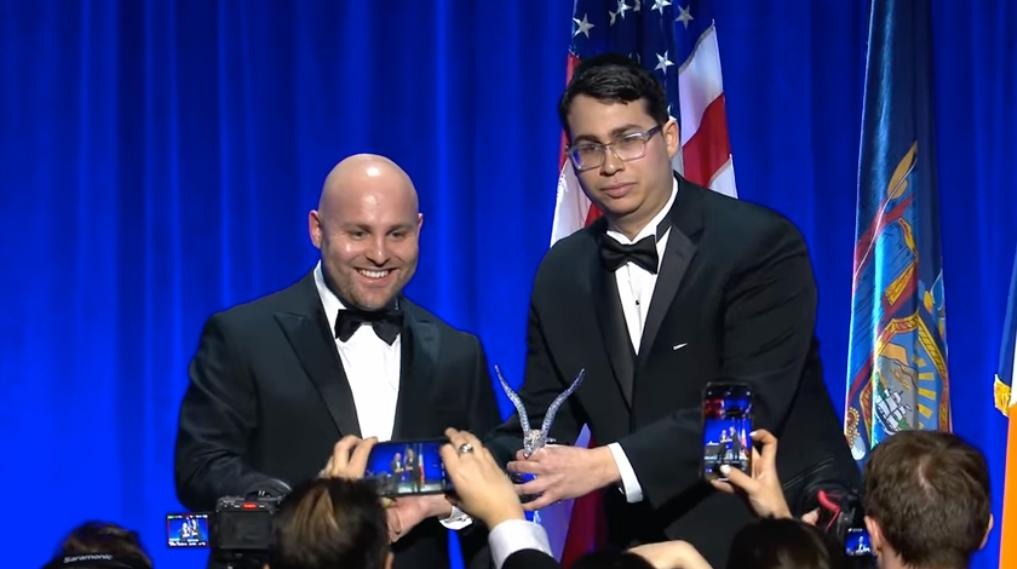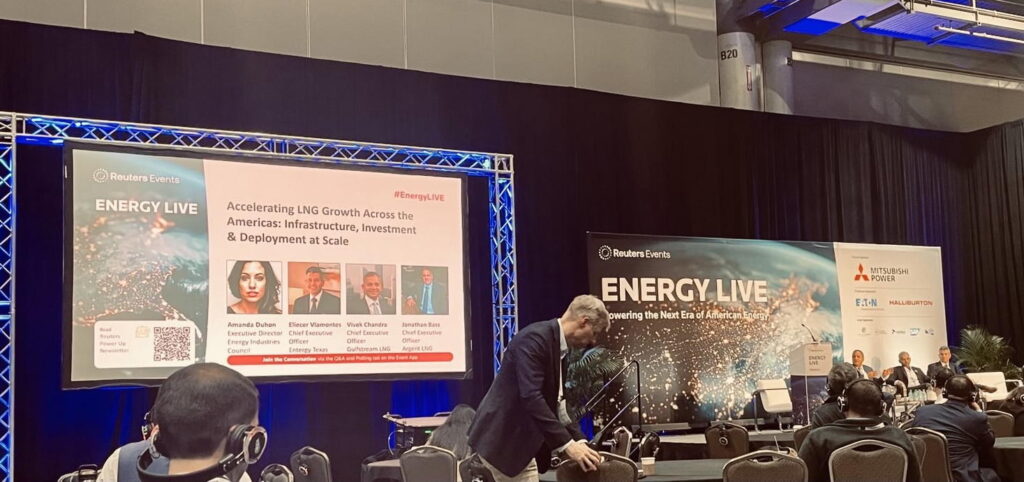This is a guest post by Juanita Constible, Science and Solutions Director of The Climate Reality Project, cross-posted with permission.
As a scientist, I know how important it is for our kids to get a top-notch science education. So it’s extremely significant that a new set of national science standards – the first to be released in over a decade – explicitly ask our schools to address climate change.
The Next Generation Science Standards lay out core ideas K-12 students should understand about the basics of science – from biology, to physics and chemistry, to earth science. The last national standards were released back in 1996, and manmade climate change wasn’t mentioned. However, the new standards recognize that students need to know human activities are changing our climate. They also recognize that schools are training the next generation of engineers and scientists who can help solve the problem.
In the standards for middle school, for example, one of the core ideas is that “human activities, such as the release of greenhouse gases from burning fossil fuels, are major factors in the current rise in Earth’s mean surface temperature (‘global warming’).” The standards for high school note that “changes in the atmosphere due to human activity have increased carbon dioxide concentrations and thus affect climate.”
This is welcome news after a disheartening couple of months in the science education world. In February, news broke about the industry-funded Heartland Institute’s plans to push misinformation about climate change into schools. (Yes, the same Heartland Institute that compared people who believe in climate change science to mass murderers. Many schools already avoid teaching about climate change because some teachers (and parents) view the topic as too controversial. (Of course, there’s nothing controversial about the underlying science.)
The standards are now out for public comment and will be finalized late this year or early next. States can choose to adopt part or all of the standards … or not. But at least they’ll have something better than the so-called “science” curriculum from the Heartland Institute. They can choose the new fact-based standards, which address the reality of the climate crisis – and which just might inspire a new generation of science and engineering superstars to solve it.
Originally published by The Climate Reality Project
Subscribe to our newsletter
Stay up to date with DeSmog news and alerts






